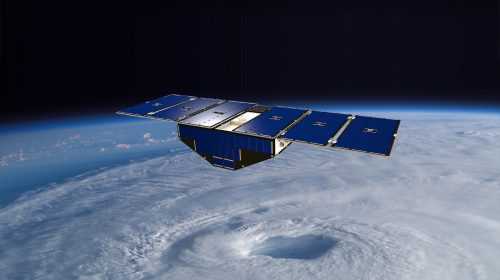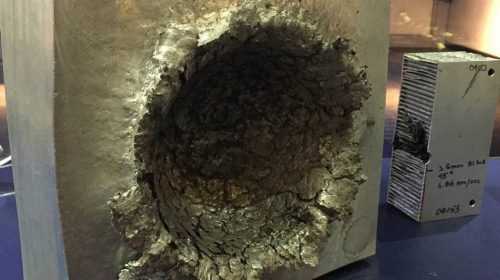Networks Inc. Data Communications Integrator, Miami, FL
Aug 10, 2019
In 1980 I moved back to Miami from Tampa, Florida, where I had been selling early FAX machines. I left the company I was working for, with a get rich quick scheme. I was convinced by a friend that I could become very wealthy selling life insurance policies. As it turned out, this did not go well. Even my parents wouldn’t buy a policy from me, and in desperate need of a paying job I tried selling advertising, office supplies and dictation equipment, in quick progression, but none of them stuck. Finally, I stumbled across an advertisement for a data communications company called “Networks, Inc.,” and was able to obtain an interview. Networks, Inc. was an early integrator of data communications equipment such as modems, multiplexors, protocol converters, data line monitors, test equipment and a wide variety of peripherals such as terminals and printers. The company was looking for a sales rep to sell a new product called the Envax 1000.
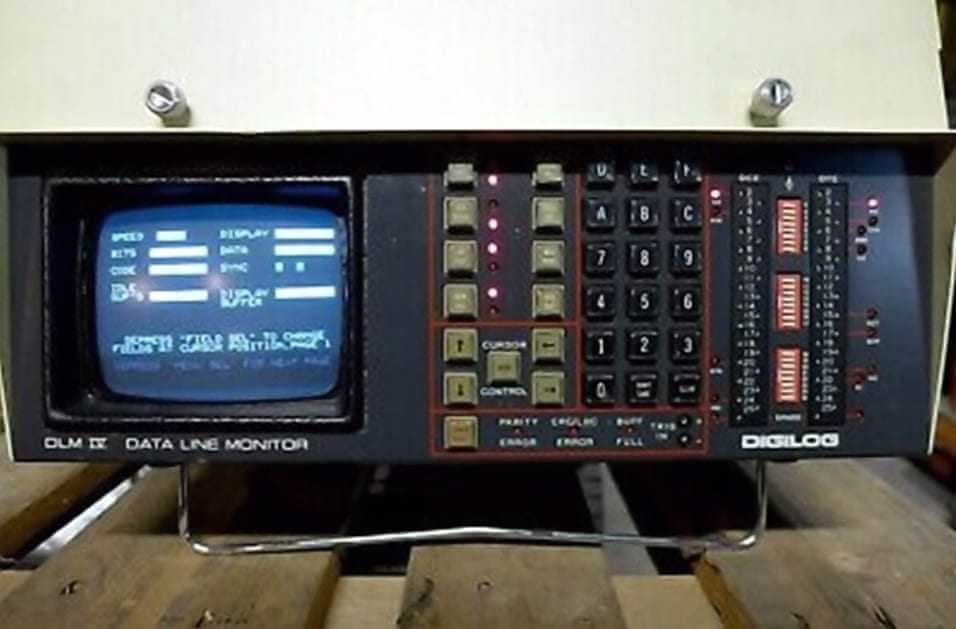
In 1981, I had no idea what a modem was. I showed up for the interview, and the president, told me about his company and what they did. In the process he demonstrated the Digilog DLM Data Line Monitor. I did not understand a word he said or have the slightest idea of what I was being shown, though I nodded my head enthusiastically. Not to disparage office supplies, but having a business degree, I had envisioned a future that did not include going from one large glass building to another in steamy downtown Miami dressed in a 3-piece suit, selling file folders, staplers and paperclips. I did not know what this thing was, but I knew it had to be better than what I was doing. I was hooked. I knew I could figure it out, and I was smart enough to know I had found something that was better suited to my education and skills, than selling office supplies.
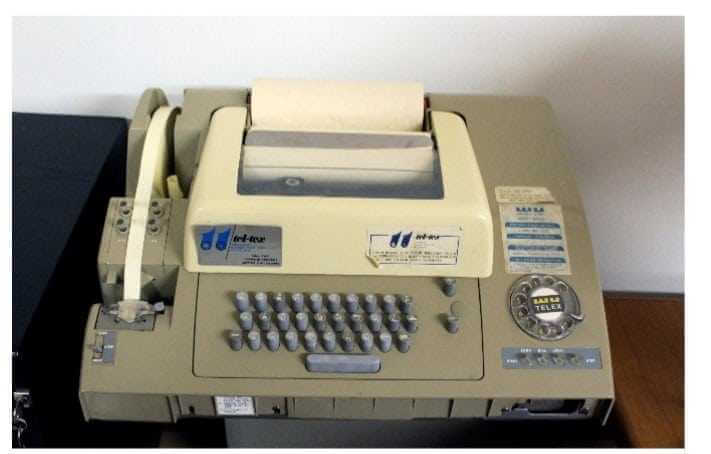 Early TWX Machine
Early TWX Machine
The Envax 1000 I was being hired to sell, was high tech for its time. It was a combination TWX/Telex machine and 300 Baud modem. Up till that time TWX and Telex machines were used by many companies to send messages around the world. The operator had a terminal with a roll of paper attached, and they typed in a message that punched holes in the paper, and this “coded paper” was used to transmit the message. My computer class in college used punch cards which were similar in some regards, but new terminals were being developed that soon replaced the punch cards. The Envax 1000 was designed to do the same thing. You could connect an ordinary terminal, or as PCs began to be popular, a PC in terminal mode, into an RS232 connector on the Envax and instead of storing the message as holes in a paper roll, the message was stored in memory. It would then auto-dial and send the message. The device had interfaces for Telex (50 bits per second), TWX (110 bits per second) and a 103A modem that supported a blazing 300 bits per second! Word Processors from companies such as Wang and Pitney Bowes were becoming popular and replacing typewriters, as they had built in text editors to allow the operator to correct mistakes and change text and output the document to a printer for a local copy. The Envax 1000 had a built-in text editor, which provided basic, but similar functionality, and supported printer ports for a local copy.
I somehow got the job, not through any knowledge of the business, but perhaps through my interest in learning this new technology so I could get out of beating the streets in Miami’s sweltering temperatures. I began calling on companies and selling the product, but quickly became dissatisfied with selling this single product, when Networks had a whole slew of other data communications products to sell. The owner recognized that I understood the technology and moved me up a step, adding the 212A modem to my portfolio. Now we were really smoking at 1200 bits per second. Holy smokes! The 212A would “talk” to the Envax at 300 bps, but companies were starting to see the need for speed. These were dial-up modems in which you used a standard phone to call the remote site, listen for the tone, and hang up when the modems connected. I don’t recall who the client was, but I received a verbal order to sell a bunch of 212A modems to a company with many remote offices. I stopped at the Pontiac dealer on the way home and in a fit of foolish exuberance bought a brand-new Firebird. What a fun car to drive! That customer never bought the modems, but with the added pressure of a hefty car payment, I managed to find other companies who did.
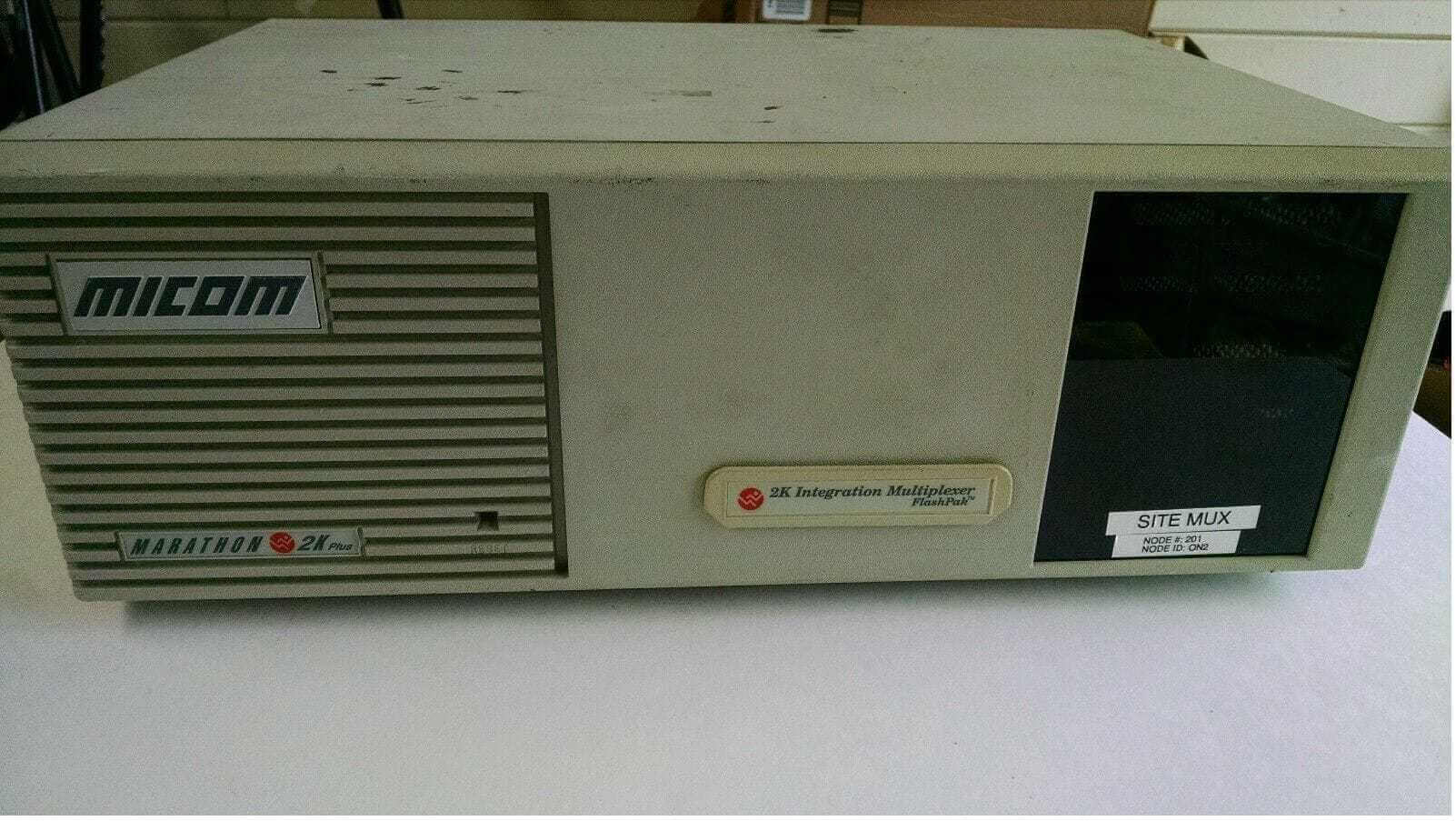 Micom Multiplexor
Micom Multiplexor
I eventually gained access to the entire product line, moving next to multiplexors. In addition to dial-up modems, leased line modems and DDS (Digital Data Service) circuits were becoming popular to permanently connect a headquarters to remote branches over a dedicated data line instead of using banks of dial-up lines that incurred long distance charges. Companies wanted to have several terminals at a remote site connect to the minicomputer in the headquarters, but they didn’t want to buy a separate circuit for each terminal due to the costs. I learned that STDM or statistical time division multiplexing was the best way to do this. The leased line (9002 circuit) terminated by a modem, or a DDS circuit terminated by a CSU/DSU (channel service unit/data service unit) could be thought of as a railroad track, and the multiplexor loaded the box cars on the tracks. The multiplexor took data from multiple terminals and placed it into the metaphorical box cars as the data was received, filling each “box” with data. When the metaphorical train got to its destination the data would all be reassembled back into its proper order. This ended up delivering a huge improvement over the more typical TDM (Time Division Multiplexors) that preceded Stat Muxes because if a terminal had nothing to send, the “box car” or more accurately, time slot” went empty and that leased line capacity was wasted. Statistical multiplexors were therefore much more efficient, and we sold a lot of them.
The demand for faster modem speeds rapidly increased. By the time I left Networks, Inc. we were selling 9600 bps modems which cost a dollar a bit, or about $10,000 and were as large as shoe boxes. Our first 19.2 kbps modems came from Paradyne Corp, and NEC Corporation who competed with DEC (Digital Equipment Corp), Racal Milgo, and others to produce a modem that cost something like $18,000. These very large modems tended to be used on large mini-computers and mainframes and would run in “multipoint” mode, which meant many sites could share a single 9002 leased line or DDS circuit. Networks Inc. moved me back to the Tampa Bay area and I began selling and servicing modems ranging from 4800 bps and up, and 56 kbps DDS circuits, primarily supporting banks to connect their branch offices for teller machines and ATM traffic.
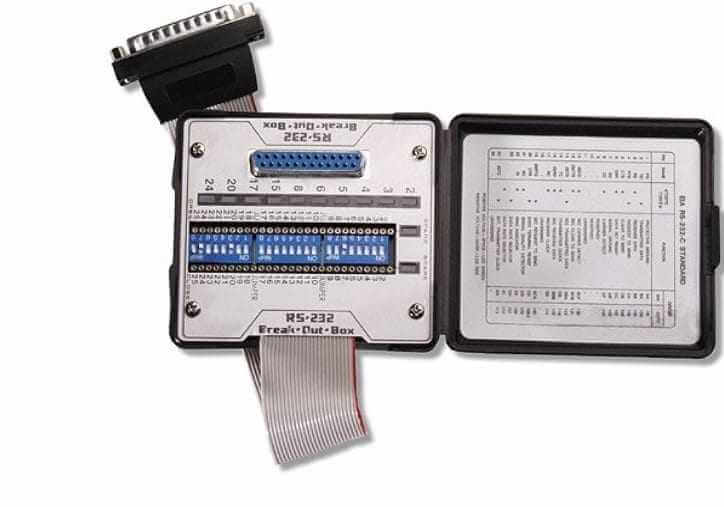 RS232 Breakout Box
RS232 Breakout Box
Since I worked alone without a system engineer, I had to fill both roles, which takes us back to the Digilog DLM mentioned above. A bank would have a problem and I would put on my system engineer hat and plug the DLM between the modem and the terminal, where I could see all the data passing to and from the Burroughs, NCR or IBM mainframes. These computers used a “poll and select” type of communication that allowed a teller machine or ATM to request a connection to the computer in order to transmit its data, and then the computer would send back the response.
With the DLM, I could troubleshoot all sorts of things. It had a built-in breakout box, with little lights that showed the signaling status on all the pins on the RS-232 interface that was popular then. I could see if there were any cable problems and if the modem and terminal equipment were properly signaling each other. The DLM was also programmable, such that I could make it “pretend” to be an ATM or teller machine and respond to polls from the computer host, or I could poll the terminal and pretend to be the computer. I could also see all the data that went over the line. Security and encryption had not become a “thing” yet. Thinking back on it, I probably could have figured out how to fake transactions, or steal passwords, but I was a good boy!
Some things haven’t changed. I’d prove that the problem was not with our modem or CSU/DSU and the local computing equipment like an ATM was working properly, and report this to the telecom vendor who denied any problem with their circuit, only to have it miraculously start working! Go figure! The DLM also served a useful purpose when I took a Dale Carnegie Sales Training class and won first prize with my presentation. Nobody in the class had a product that could beat the DLM for gee-whiz capabilities. That plaque is still on the wall in my office!
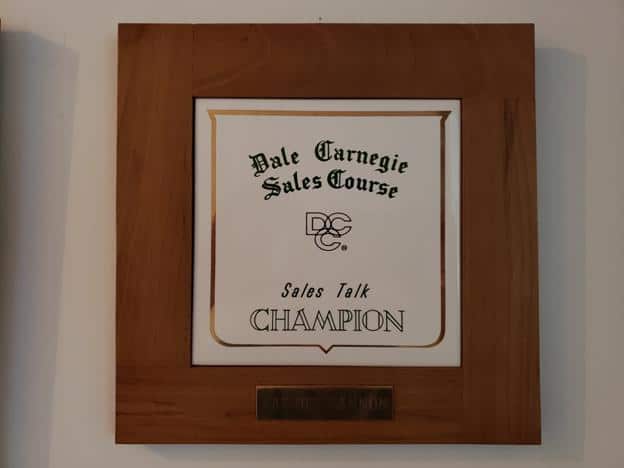
The basics of data communications have not really changed all that much. The iDirect Broadband satellite services we sell operate very much like a statistical multiplexor, efficiently transmitting data to and from multiple sites using the available bandwidth as efficiently as possible. Signaling protocols are used to determine which site gets to transmit next, and how much, based on queue depth, quality of service (QoS) settings and other factors. The interfaces are faster and based on RJ-45 Ethernet connectors, or WiFi, but the basic concepts have not changed much, which is why I can still pretend to know what I’m talking about!
I owe a debt of gratitude to Bob Toombs, the President and Owner of Networks, Inc. In a day when people showed up for sales meetings dressed in 3-piece suits with bright colored handkerchiefs in the pocket and immediately started talking about their product – feature/advantage/benefit – Bob would peel off his jacket, roll up his sleeves, grab a marker and go to the whiteboard or flip chart, and start asking questions. I learned not only basic data communications from Bob, but the art of the consultative sale – finding out what the customer’s needs were and understanding their requirements. This was a step up from the typical sales approach of the day when you went in, and pitched your product, without really taking the time to see if the customer even needed it. Here at BusinessCom, this is how we do sales. We start out with questions, and often the answers lead to more questions. We have many solutions and only by understanding what the client wants to achieve are we able to propose the best solution for the job.
Thank you for allowing me to share this short trip down memory lane.

